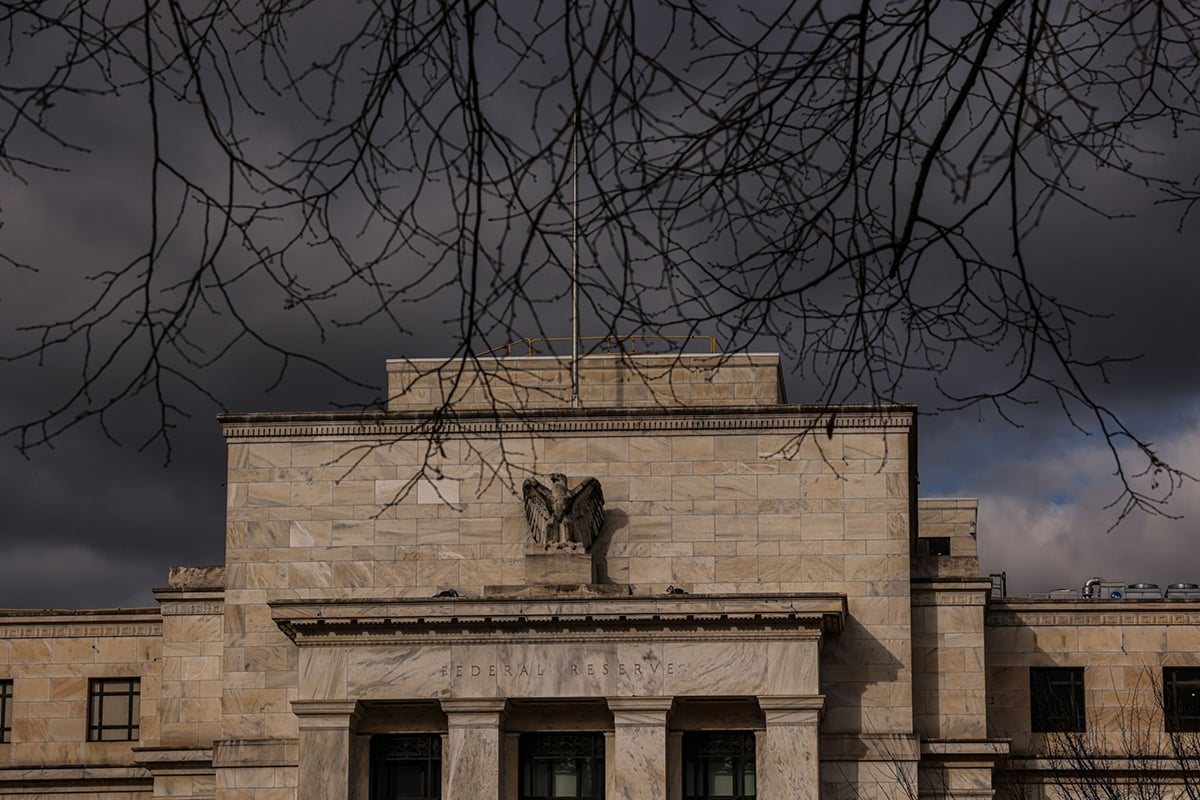The index of U.S. leading economic indicators (LEI) unexpectedlydeclined in July, depressed by a slump in building permits thatmainly reflected a proposed change in a New York tax credit.
|The Conference Board's gauge, a measure of the outlook for thenext three to six months, decreased 0.2 percent after rising 0.6percent in June, the New York-based group said Thursday. The medianforecast of 40 economists surveyed by Bloomberg called for a 0.2percent advance.
|The decrease was narrowly based with only two—building permitsand stock prices—of the measure's 10 components retreating. Thatmeans growth in the last half of 2015 will depend even more onAmerican consumers as their spending on items from cars to homesaccounts for almost 70 percent of the economy.
|“Despite a sharp drop in housing permits, the U.S. LEI is stillpointing to moderate economic growth through the remainder of theyear,” Ataman Ozyildirim, director of Business Cycles and GrowthResearch at the Conference Board, said in a statement.
|Economists' estimates in the Bloomberg survey ranged from a 0.2percent decline to a gain of 0.4 percent.
|Seven of the 10 components in the Conference Board's measureincreased in July, paced by the spread between short- and long-terminterest rates, a drop in jobless claims, and easing creditconditions.
|The Conference Board's index of coincident indicators, a gaugeof current economic activity, increased 0.2 percent in July for asecond month. The gauge tracks payrolls, incomes, sales, andproduction—the measures used by the National Bureau of EconomicResearch to determine the beginning and end of U.S. recessions.
|“Current conditions, measured by the coincident economic index,have been rising moderately but steadily, driven by risingemployment and income, and even industrial production has improvedin recent months,” Ozyildirim said.
|The gauge of lagging indicators increased 0.3 percent in Julyafter a 0.7 percent gain the month before.
|The U.S. economy is projected to expand 2.3 percent in 2015,according to a Bloomberg survey of economists. That's within therange forecast by Federal Reserve policy makers as they considerwhen to raise their benchmark interest rate for the first timesince 2006.
|–With assistance from Kristy Scheuble in Washington.
|Copyright 2018 Bloomberg. All rightsreserved. This material may not be published, broadcast, rewritten,or redistributed.
Complete your profile to continue reading and get FREE access to Treasury & Risk, part of your ALM digital membership.
Your access to unlimited Treasury & Risk content isn’t changing.
Once you are an ALM digital member, you’ll receive:
- Critical Treasury & Risk information including in-depth analysis of treasury and finance best practices, case studies with corporate innovators, informative newsletters, educational webcasts and videos, and resources from industry leaders.
- Exclusive discounts on ALM and Treasury & Risk events.
- Access to other award-winning ALM websites including PropertyCasualty360.com and Law.com.
*May exclude premium content
Already have an account? Sign In
© 2024 ALM Global, LLC, All Rights Reserved. Request academic re-use from www.copyright.com. All other uses, submit a request to [email protected]. For more information visit Asset & Logo Licensing.







